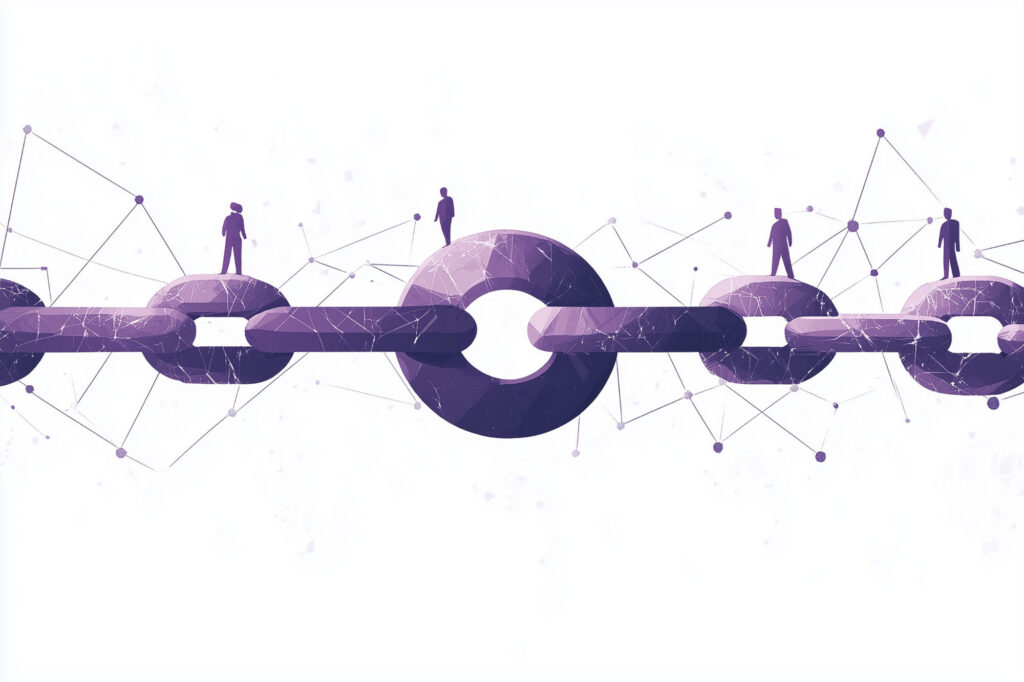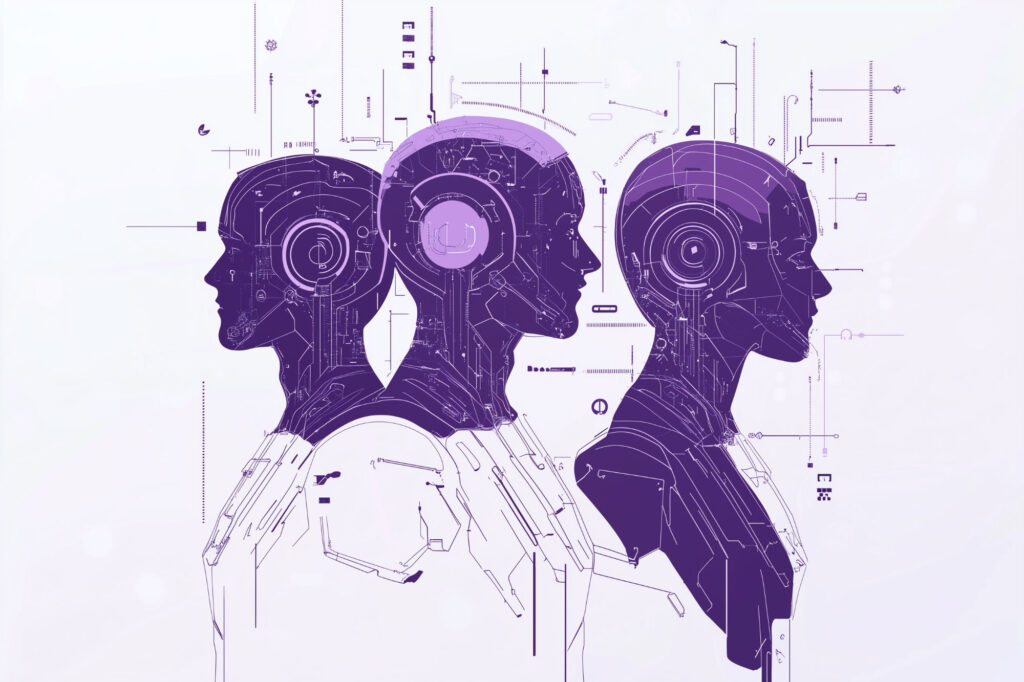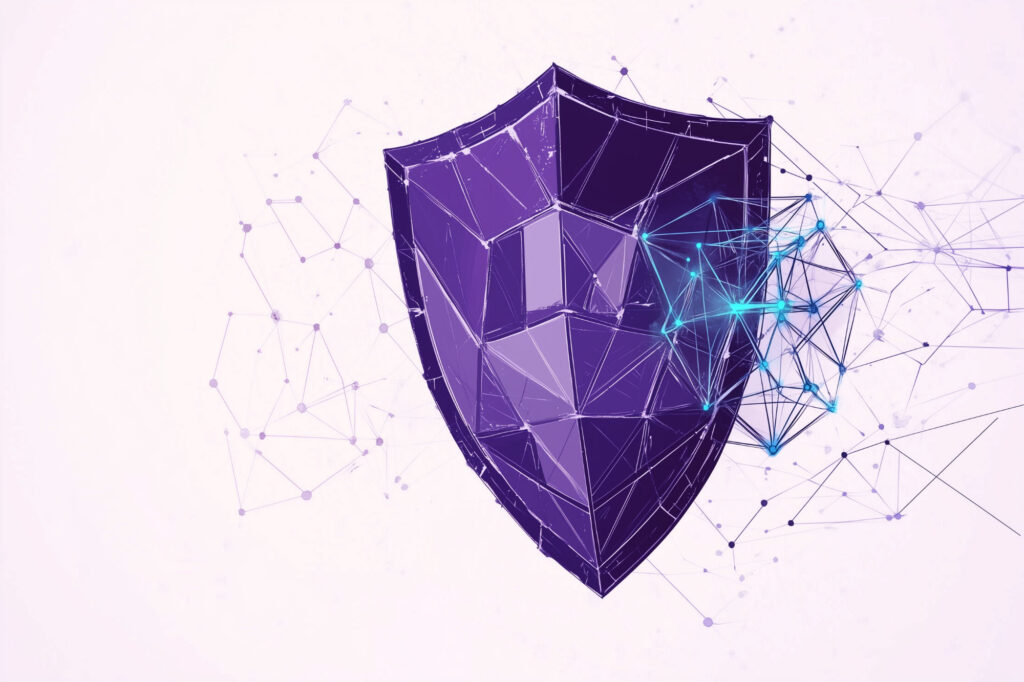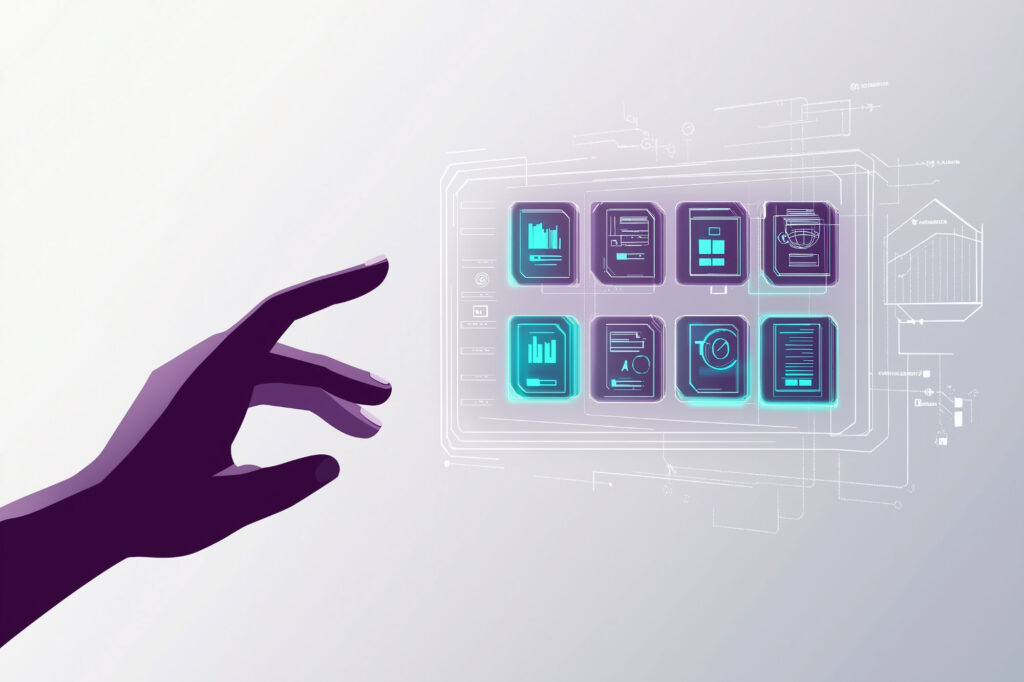Briefing
- Top global cyber-related risk: AI-fueled misinformation and disinformation (Global Risks Perception Survey)
- Key risk drivers: Geopolitical tensions, complex supply chains, emerging technologies, regulatory changes, sophisticated cybercrime, and the talent gap.
- Primary cyber resilience barrier: Supply chain vulnerabilities (cited by 54% of large organizations).
- Key AI focus: Autonomous operations via agentic AI (52%), multiagent systems (45%), and multimodal capabilities (44%).
- Emerging threat: Quantum computing risks, with 52% of organizations assessing vulnerabilities.
- Critical challenge: Cybersecurity skills gap, with only 14% of teams adequately staffed.
The World Economic Forum’s Annual Meeting and related events in Davos generate critical research from leading organizations. For CISOs and cyber strategists, these reports are essential for anticipating emerging technology trends and shaping cybersecurity strategy. This curated list highlights key insights from the 2025 reports most relevant to cybersecurity leaders.

01: The Global Risks Report 2025
The World Economic Forum’s report analyzes global risks and their evolution over 2-year and 10-year horizons. While not cybersecurity-specific, it helps security leaders understand the broader threat landscape and align strategies with senior stakeholder priorities.
Key Insights for Cyber Strategists
- Misinformation and disinformation are a top global cyber-related risk (Global Risks Perception Survey). CISOs must strengthen defenses against advanced social engineering and reputational threats fueled by AI tools that generate convincing false content.
- Geopolitical instability and economic tensions amplify cybersecurity risks. Expect increased state-sponsored attacks and potential supply chain disruptions.

02: The Global Cybersecurity Outlook 2025
This report from the World Economic Forum details cybersecurity challenges stemming from geopolitical tensions, complex supply chains, emerging technologies, regulatory changes, sophisticated cybercrime, and the talent gap. It provides actionable statistics for discussions with senior stakeholders and identifies prioritized risks for 2025 to inform threat landscape assessments.
Key Insights for Cyber Strategists
- Supply chain vulnerabilities are a primary ecosystem risk. 54% of large organizations identify them as their biggest barrier to cyber resilience, requiring enhanced third-party security assessment and monitoring.
- AI has a dual impact on cybersecurity. 66% of organizations expect significant AI influence on cyber, yet only 37% have implemented pre-deployment security assessment processes for AI tools.
- The cyber skills shortage continues to grow. It has shown an 8% increase since 2024, with two-thirds of organizations reporting moderate-to-critical skills gaps and only 14% confident in their current talent capabilities.

03: Artificial Intelligence and Cybersecurity
The “Artificial Intelligence and Cybersecurity: Balancing Risks and Rewards” white paper published by WEF explores the context of AI adoption, emerging security practices, leadership actions and risk management steps. It provides a detailed approach to AI security, covering business context review, assessing rewards, risk identification, impact assessment and risk mitigation, with examples of capabilities that need tailoring or development. This report is a valuable resource for security leaders developing or revising their AI cybersecurity strategy.
Key Insights for Cyber Strategists
- A comprehensive, risk-based approach to AI security is essential. This approach must integrate AI security controls into enterprise risk management and define clear governance frameworks spanning people, processes, and technology.
- Adopt a “Shift Left, Expand Right and Repeat” approach. Embed security throughout the AI lifecycle, from initial design through continuous operational monitoring and incident response.
- AI systems introduce unique vulnerabilities. These include data poisoning, model evasion, and inference attacks, requiring new strategies for threat detection and mitigation.

04: Embracing the Quantum Economy
“Embracing the Quantum Economy: A Pathway for Business Leaders,” a World Economic Forum report, explores the growing importance of quantum technologies in mainstream business. It outlines practical applications across industries and provides steps for implementing quantum computing, sensing, and communication. This report offers valuable insights into quantum technology trends and their business impact for security leaders developing long-term cyber strategies.
Key Insights for Cyber Strategists
- Quantum threats to current cryptography require immediate action. “Harvest now, decrypt later” attacks endanger sensitive data, making cryptographic assessment and migration to quantum-resistant algorithms essential.
- A dedicated quantum security team is crucial. This team will need the expertise to address the unique challenges posed by quantum technologies and lead in innovation.

05: Technology Vision
Accenture’s annual report, “Technology Vision 2025: AI – A Declaration of Autonomy,” focuses on AI’s evolution from automation to autonomous agents. It explores agentic systems, business differentiation in the AI era, AI-robotics integration, and workforce impacts. The report highlights supporting technologies, implications, and recommended next steps, providing security leaders insights into AI’s next evolutionary steps.
Key Insights for Cyber Strategists
- Workforce transformation is accelerating. 75% of knowledge workers are using generative AI.
- Autonomous AI systems expand the attack surface. New security models must address risks like data poisoning, model manipulation, and safety concerns beyond traditional perimeter defenses.
- AI integration with physical systems requires converged security strategies. These strategies must bridge cyber and physical domains.

06: State of Generative AI in the Enterprise
Deloitte’s quarter four report on the “State of Generative AI in the Enterprise” examines current market trends in AI adoption, focusing on workforce usage, organizational experimentation, targeted benefits, and promising use cases. It also explores barriers to GenAI implementation, the expected timeline for resolving challenges, and technologies that could accelerate adoption. This report provides essential market insights for security leaders developing AI security strategies.
Key Insights for Cyber Strategists
- Organizations are moving from AI experimentation to implementation in core business processes. 78% plan to increase AI spending in the next fiscal year.
- Risk management and regulatory compliance are primary adoption barriers. 38% of organizations are concerned about regulation compliance, and 32% struggle with risk management.
- Future AI adoption focuses on three key areas: agentic AI for automation (52%), multiagent systems (45%), and multimodal capabilities (44%).

07: Tech Trends 2025
Deloitte’s “Tech Trends 2025” report centers on AI’s integration into daily operations. It explores spatial computing, agentic AI, enterprise infrastructure changes, core modernization impacts, and IT’s future transformation. The report also addresses cryptography in the quantum era, making it an essential reading for security leaders assessing the evolving IT landscape.
Key Insights for Cyber Strategists
- The quantum threat to current cryptography requires immediate action. 52% of organizations are assessing quantum risks, and 30% are developing mitigation strategies.
- Agentic AI and autonomous systems demand new security controls, monitoring approaches, and audit mechanisms.
- The convergence of AI with spatial computing, IoT, and robotics creates interconnected risk scenarios. These require integrated security strategies beyond traditional IT boundaries.

08: Global CEO Survey
PwC’s 28th Annual Global CEO Survey, based on responses from 4,701 chief executives, examines leadership expectations and adoption challenges for generative AI. The analysis reveals CEOs’ views on AI as a driver of efficiency, revenue, and profitability, providing security leaders with valuable context for senior stakeholder discussions.
Key Insights for Cyber Strategists
- CEOs see cybersecurity as essential to business survival. 24% report high exposure to cyber risks—nearly matching inflation concerns (27%).
- While 56% of CEOs report efficiency gains from generative AI, trust remains a hurdle to adoption.

09: Conclusion
This overview highlights the relevant cybersecurity insights from the recent reports. To effectively incorporate these trends into your strategic planning, a thorough review of the full reports is recommended. Share this article with your teams and peers to help your team discuss these trends and drive proactive cybersecurity measures.













